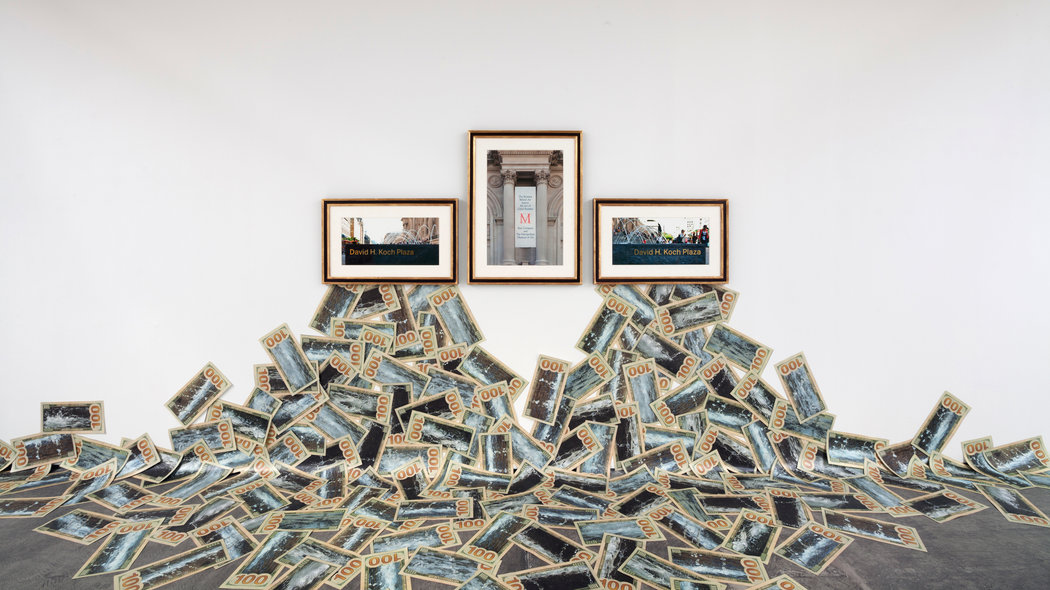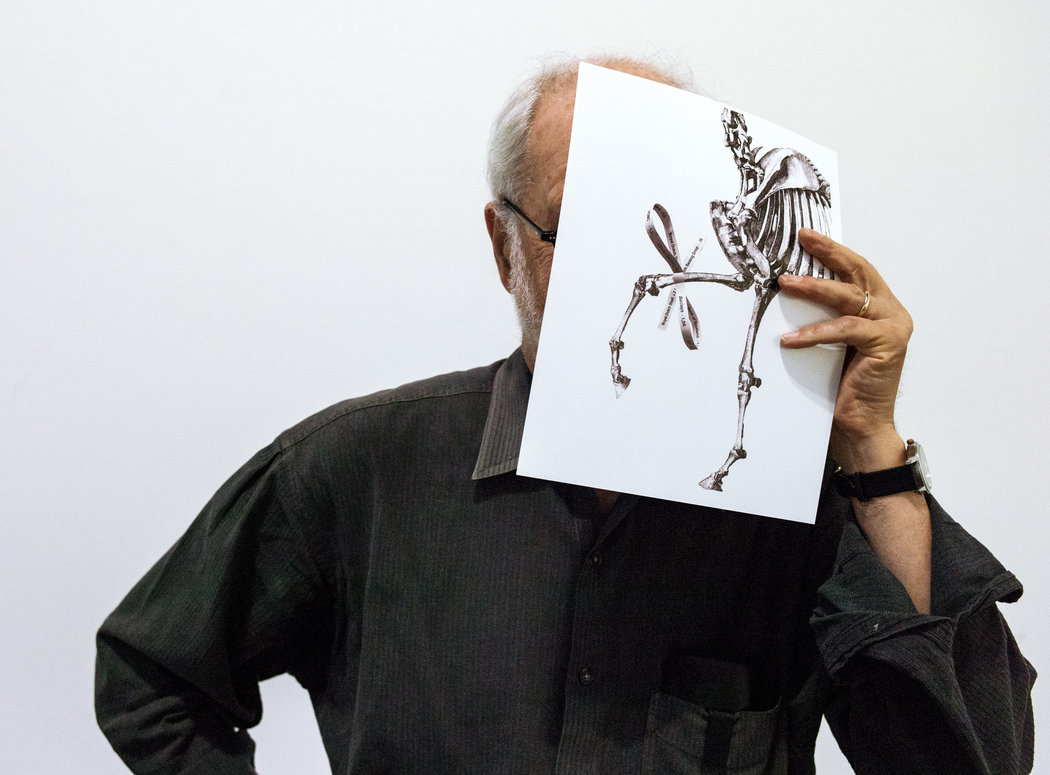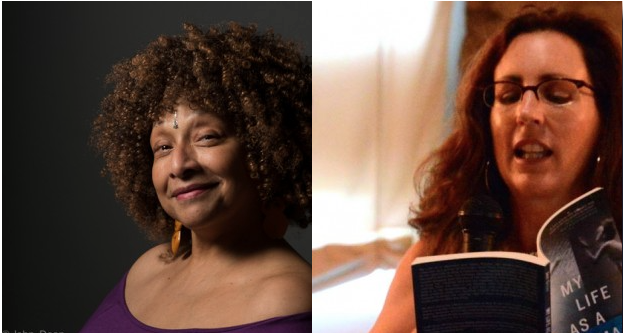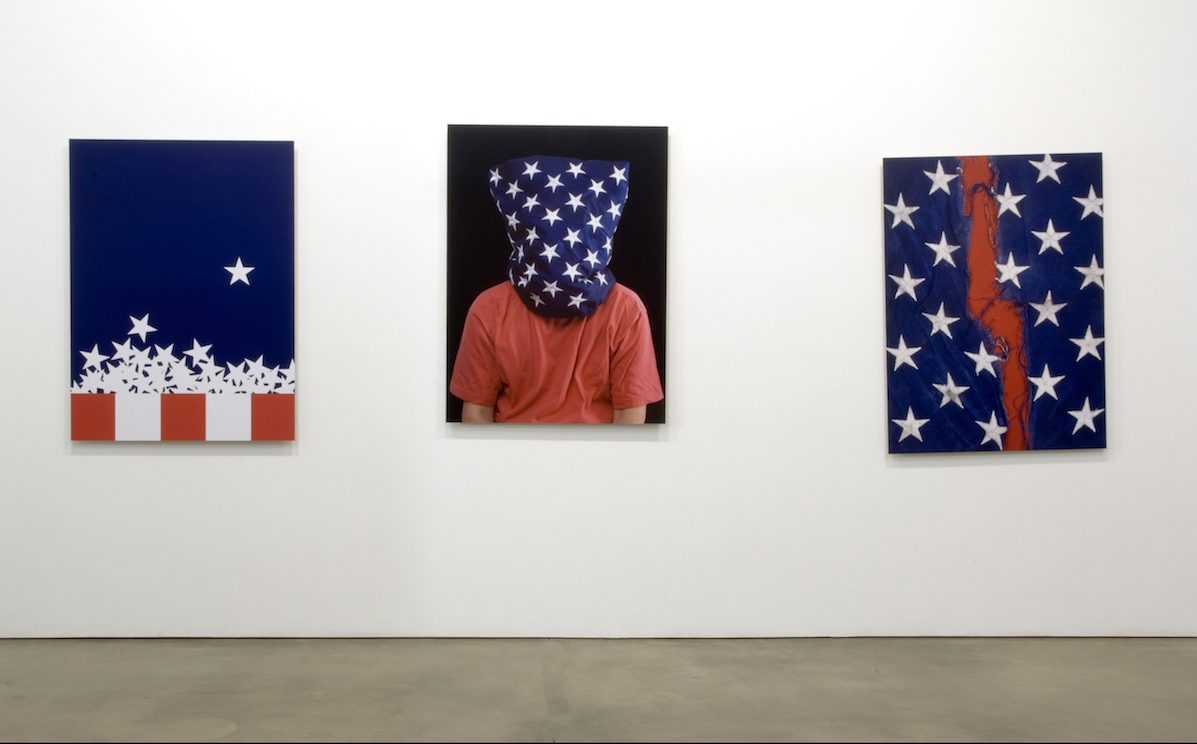The Father of Institutional Critique Talks about Education, Ethics, and the Art World By Cara Ober
There’s a reason Hans Haacke is known throughout the art world as “the father of institutional critique.” Over the past fifty years, the German-born artist has used his work to criticize politicians, museums, and tobacco and oil companies, while pointing out the tangled webs connecting them.
The artist captured public attention in 1971 with an exhibit scheduled at the Guggenheim that never opened. When the museum director realized Haacke’s intent to exhibit a photographic exposé of New York City slumlords, he cited “aims that lie beyond art” as the reason for the abrupt cancellation. The debate around the purpose and relevance of art as social critique continues to evolve in Haacke’s work and to influence generations of artists.
In subsequent projects, Haacke has targeted Jesse Helms, Ronald Reagan, Margaret Thatcher, the Nazi background of prominent art collectors and the German Venice Biennale pavilion, and The Metropolitan Museum for accepting donations from Mobil Oil when it operated in apartheid-era South Africa. Although it may have hurt his standing with a certain type of collector or museum trustee, Haacke’s use of headline news as artistic content, a ban on art fair sales, and an iron-clad sales contract that gives him veto power over where his work can be shown and a royalty of 15% of appreciated value when resold, has earned him a gleaming reputation among artists and academics.
Now in his 70’s, Haacke’s work continues to be received widely, with “Gift Horse,” a recent public commission at Trafalgar Square in London, and “The Business Behind Art Knows the Art of the Koch Brothers,” installed at Paula Cooper Gallery in 2014. The searing, yet funny, critique targets The Metropolitan Museum, who accepted a $65 million donation from the ultra-conservative Koch billionaires to create two fountains and a plaza. Haacke’s installation features a cascade of giant $100 bills printed with images of splashing water that pour from framed photos of the matching fountains bearing the Koch brothers’ names.
After visiting MICA several years ago for a lecture and studio visits, Haacke will return for an honorary Doctor of Fine Arts Degree at the MFA graduation ceremony. In advance of his visit, he agreed to a phone interview with BmoreArt to discuss his own experience as a college professor, the ethics of institutions, and his visit to Baltimore.
 Haacke’s “The Business Behind Art Knows the Art of the Koch Brothers”
Haacke’s “The Business Behind Art Knows the Art of the Koch Brothers”
Cara Ober: After teaching for many years at Cooper Union, I’m sure you have developed strong opinions about value of art school in shaping young artists. Can you talk about this?
Hans Haacke: I taught at Cooper Union for thirty-five years. I started as an adjunct and then became a fulltime faculty member. Most of the time, I was involved with the foundation program, primarily 3D design, and with the sculpture program for students from the 2nd to the 4th year. At Cooper, 2nd year students cannot specialize yet. Their focusing starts gradually and is, for the most part, restricted to the 4th year, so that they get a broad base for what the future may require.
Did you give conceptual assignments or were you focused on developing more general skills and approaches to art making? What was your philosophy in teaching art at Cooper Union?
I ran the 3D foundation program in a rather strict manner. I gave assignments to improve the students’ sense for working in the 3rd dimension. Over the years, it became almost a remedial course, because, aside from sports and managing street traffic, the interaction of younger people with the world had increasingly been reduced to two dimensions, i.e. a focus on flat screens. The completed assignments had to be presented to the entire class. Everyone participated in the review. Starting in the second year, I deliberately did not give assignments any more. I wanted students to get onto their own feet. I knew — and I told them – that some of them would be stumbling for a while and go through what could be compared to ‘children’s diseases’.
Only then would they have a better chance to produce something that was really their own rather than something handed down from me or someone else and thereby, in effect, become known as nothing but the work of a disciple.
It sounds like you viewed the class as a community and resource.
I insisted that class presentations function as a communal review. Everybody was to participate. I never gave my own opinion on what was presented at the start. We would have a general discussion in order for the students to learn how to go about a critique of one’s peers in a manner that is both convivial and productive. Only at the end did I offer my own evaluation and suggestions.
I did not restrict them to staying within the traditional boundaries of what one calls “sculpture,” Fortunately, I was not the only teacher at Cooper who worked this way – everyone in the so-called sculpture area was very open. And so we got to see amazing things in all sorts of media, including performance, photography, environmental installations, and even painting. It was fun.
Throughout your career, you have been a staunch critic of corruption and money in the arts, especially of institutions like museums. Are you critical of the high cost of an art education today – especially compared with past decades?
Of course! And not only of art education. Coming from Europe, it is rather natural for me to think that way. Over there, education at the university level (or art academies) is either free or provided at a very moderate price. Therefore, every European is shocked to hear what students have to pay here. It was exceptional that, until a year ago also, Cooper Union didn’t charge tuition.
Can you talk about what has happened at Cooper Union since the former president and trustees voted to charge tuition?
For many years, they had grossly mismanaged the institution’s assets. I retired many years ago, but still see my former colleagues and am aware of what is going on at Cooper. Introducing tuition triggered a revolution at Cooper that The New York Times considered “News That’s Fit to Print.”
The students were very active in this struggle. They occupied the president’s office for many weeks. He didn’t dare come to school any more and conducted his presidential business from the house in the neighborhood where he lived, a house owned by Cooper Union.
Students, alumni, and faculty filed a lawsuit against the board of trustees, whom they accused of not having adhered to the mission of the school, which was a prerequisite for Cooper’s receiving the taxes the leaseholder of the Chrysler Building normally has to pay to the City and the State of New York (The School owns the ground to the Building). That’s the school’s major source of income. In effect, the New York State Attorney General said, ‘You have to clean up your act.’ In terms of the law, the students and faculty won.

How are they handling the financial burden left by the former president and trustees?
New trustees have joined the board, including elected representatives of the alumni and the faculty. Many of the old board members resigned in shame, as did the president. The current acting president appears to have a good approach, very different from his former boss. Everyone respects him. While the financial situation remains a problem, the mood at the school has improved tremendously.
Is there a lesson other schools can learn from Cooper Union?
The particular problem is that in this country education is not considered to be a quasi-civil right. It’s something you buy – provided, of course, you have the means to do so. As we know, this has devastating social consequences. It’s destructive personally that someone who wants to get an education may wind up drowning in debt. It’s demoralizing – and mortgages the future of the country.
You said you started out at Cooper Union as an adjunct before becoming a tenured professor. Do you see the treatment of adjuncts as a moral issue for colleges?
Yes. Absolutely. The fate of adjuncts is very troubling. They make up the majority of the academic labor force. More and more, institutions have a tendency to keep the fulltime faculty to a minimum by relying extensively on adjuncts.
Are you aware that MICA ratified an adjunct union recently to advocate for the rights of part time professors?
No, I didn’t know that. Cooper Union also has unions – a faculty union, a union of the adjuncts, and a staff union. It brings the members of the three unions together, makes them mutually supportive, and gives them clout with the administration.
Why do you think so many colleges are anti-union for adjunct professors?
It’s cheaper! It’s as simple as that. But education depends on teachers who not only can teach, but also like to teach and are treated decently. As we know from other industries, employers are often not particularly happy if employees can challenge them with a degree of impunity, over the terms of their employment.
What is your relationship with MICA and what does it mean to you to accept an honorary Doctor of Fine Arts Degree?
It’s an honor. I have a bit of a history with MICA. A few years ago, I was invited to give a talk there. I had a full house. I got to see the work of students and had good and – hopefully – productive conversations with them. It was a very pleasant experience. One former student of mine is on the faculty– Ellen Lupton – she is a Cooper graduate. And Luca Buvoli is an artist I exhibited with in a Johannesburg Biennial in the 1990s. We spent some time together in South Africa.

Although your art career is steeped in work that critiques the relationship between money, power, and politics, you dislike the term “political artist.” Is this about semantics or association with other artists?
I am wary of all labels that are pinned on artists. I’ve seen myself branded with a great number of different ones. Often, in the perception of the press and the public, so-called ‘political art’ has really nothing to do with art. It is viewed as nothing but political agitation. What also affects people’s thinking is that the Nazis did their “political art” and the Soviet Union promoted “socialist realism.” And so, ‘political art’ is often equated with political propaganda.
The label also keeps the viewer a from really thinking about what is presented – how to decipher what the artist has produced, and where one positions oneself relative to what one is exposed to.
You’ve been criticized throughout your career for making work about issues considered by some more fit for a journalistic article than fine art. How do you decide which topics to tackle and which medium to use in your work?
I don’t have a definition for art. I question anybody who does. It’s personal and somewhat emotional matter. What is art is determined socially, not philosophically.
If you look at the history of art of the past two hundred years, artists we consider important today were often totally dismissed in their time. Think of Marcel Duchamp – until not too long ago his work was not taken seriously as art. Or the Russian Constructivists, the Dadaists, etc. The same, of course, is true for work that’s produced today.
After many years and projects that critique the art market, how do you negotiate your relationship with the art market in building a career?
I try not to have the market influence what I am doing. However, throughout history, not just in the art world, human activity has inevitably been affected by financial or comparable exchanges. That is part of life. It’s a question to what extent it dominates one’s behavior and goals.
There are artists who go much further than I do – I don’t go to art fairs and don’t exhibit my work in such a context. Some artists refuse to exhibit in commercial galleries or museums. I respect that, but I don’t believe it is socially productive.
What an artist does should reach an audience and thereby have a potential effect on society. And that requires being involved with the venues where one’s work can reach the public. Such venues are often associated with the art market. I do exhibit in commercial galleries and I have done so since my graduation from art school.
For many years your work was purposely kept out of museums, often because of your criticism of their financial backers and practices. Do you ever regret its adverse effect on your career?
No. However, I have to say, I am lucky that I have been connected with galleries that act reasonably and are run by decent people. I didn’t become a big seller – I’m not Damien Hirst! But that has never been my ambition.
******
Author Cara Ober is Founding Editor at BmoreArt and talking to Hans Haacke about his work was a huge honor.
MICA Graduate Commencement is a private event on Monday, May 16, at 5 p.m.
The ceremony will recognize educator and publisher Johanna Drucker, Ph.D., international artist Hans Haacke and educator and artist Pepón Osorio will be awarded the 2016 honorary Doctor of Fine Arts degree at the Graduate Commencement ceremony. Osorio will give the keynote remarks.
Photos from the Paul Cooper Gallery Website and portraits from The New York Times.






